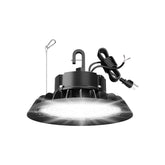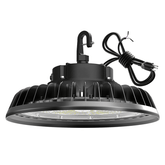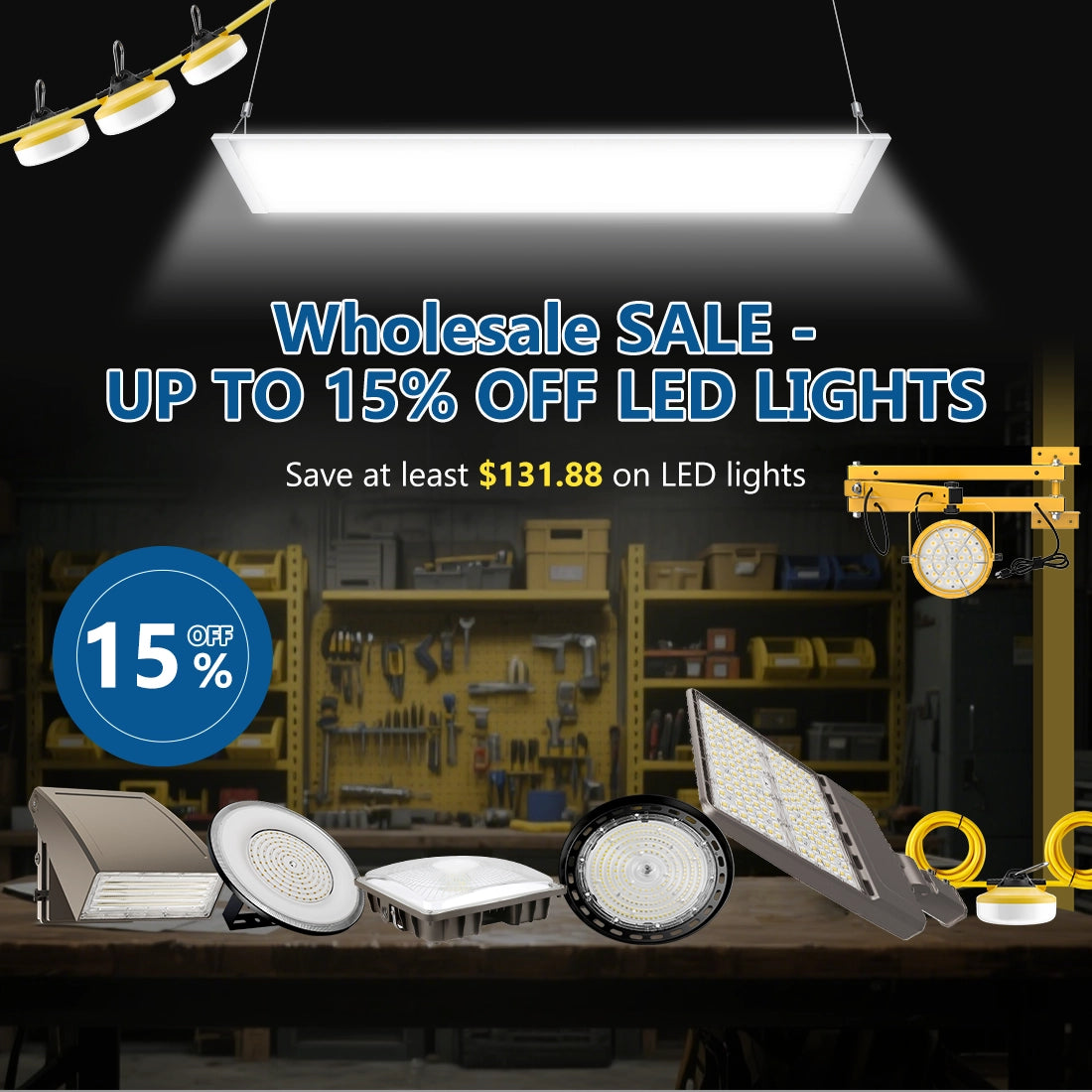How many lumens are needed for wall pack light fixtures?
The design of wattage-selectable wall pack luminaires addresses various lighting needs. Historically, wattage served as the primary indicator of lighting output, simplifying the selection process for customers, especially in large-scale projects.
In today’s market, however, luminaires with the same wattage can differ significantly in performance. LED wall pack lights are far more energy-efficient than traditional lighting, particularly when compared to HID and sodium lamps. Consequently, a mere wattage-based replacement is no longer relevant.
To streamline the selection and purchasing process, a table is provided that outlines the most common wattage ranges of traditional lighting fixtures and their equivalents in modern LED technology.

LED Wall Pack Lamps with Wattage Options
-
Low Wattage (12-28W): Ideal for applications requiring energy efficiency and high performance in small areas, such as sidewalks and indoor corridors. These compact units are suitable for locations with limited space.
-
Medium Wattage (30-50W): Commonly used in commercial and industrial buildings, often in bulk purchases by contractors. These units strike a balance between light flux output and efficiency, meeting most lighting needs.
-
High Wattage Wall Packs (80-120W): Designed for applications requiring high light output, typically installed at elevated positions. The additional light output ensures effective illumination of distant areas.
-
Adjustable Wattage (40-120W): With adjustable power, these units are suitable for applications where power requirements are uncertain. They are also ideal for projects needing varying light intensities across multiple areas.

Choosing the Right Lumen Option
When purchasing LED wall pack luminaires, selecting the correct lumen rating is crucial for ensuring optimal performance and efficiency. As previously mentioned, in today’s market, lumen output has replaced wattage as the primary measure of fixture performance. Given that lighting performance has been traditionally gauged by wattage for decades, many may find it confusing and challenging to adapt to lumen-based lighting output. However, this is how the lighting industry will measure performance in the foreseeable future. Therefore, understanding how lumen ratings translate into actual performance is essential for making the right lighting choices.
For a given generation of LED lighting technology, the generated lumen output typically correlates with the wattage of the fixture, though this can vary by manufacturer. Hence, we list the three most common lumen ranges for wall pack luminaire applications.
-
Low Lumen Wall Packs (1,000 - 3,000): Suitable for small areas where strong lighting is not required and energy efficiency is a priority, such as sidewalks and under eaves. These units offer lower light output but excel in energy efficiency.
-
Medium Lumen Wall Packs (3,300 - 7,100): The most common lumen range for commercial and industrial applications. They provide a balanced mix of power and efficiency, suitable for lighting the sides of buildings and vertical walls.
-
High Lumen Wall Packs (11,000 - 17,000): Designed for applications requiring maximum light output, typically installed at higher positions. The additional lumen output ensures effective overhead illumination of floors.
-
Adjustable Lumen Outdoor Wall Lamps (5,000 - 15,000): These units offer design flexibility for a wide range of applications, ideal for buyers uncertain about specific lumen requirements. They are easily adjustable to accommodate varying lighting needs in different projects.








